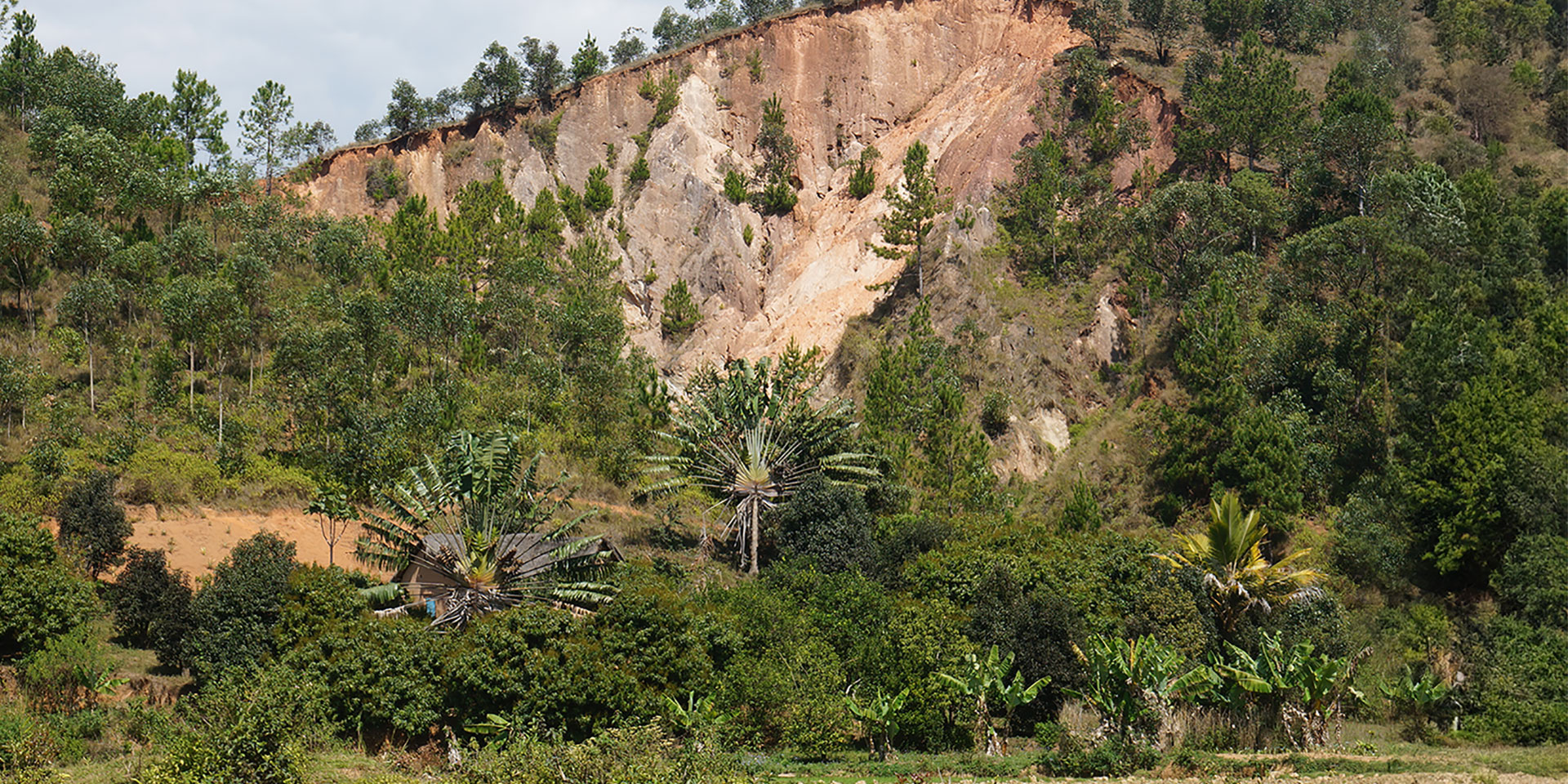Landscape evolution makes Madagascar a hotspot for plant species diversity
The famous biodiversity of the island of Madagascar owes much of its richness to geologic processes according to a new multidisciplinary study published in the journal Science.

The study was part of an ongoing collaboration between the groups of Prof. Sean Willett, Department of Earth Sciences (D-ERDW), Prof. Loïc Pellissier, Department of Environmental System Science (D-USYS, WSL) and Prof. Niklaus Zimmermann (D-USYS, WSL). The collaboration is directed at establishing how tectonic, geomorphic and sedimentological processes lead to isolation, speciation and diversification of biological populations of plants and animals.
“The Cretaceous rift margin of Eastern Madagascar is a remarkably dynamic place, geomorphically speaking.”Yanyan Wang, Department of Earth Sciences
The Science paper argues that the landscape dynamics encourages accelerated speciation of plants, and supported this hypothesis by documenting the distribution of endemic and rare plants across Madagascar. The paper built on the doctoral thesis of Yanyan Wang (2021) that established rates of landscape change and showed that high rates of erosion were focused on the rift escarpment along the east coast. Plant biodiversity was clearly associated with the geomorphic escarpment and numerical models confirmed that the patterns were consistent with the changing habitat patterns expected during erosional retreat of the escarpment.
The project is part of a larger collaboration between several departments at ETH directed at the underlying roots of evolution and biodiversity. A similar project, led by Prof. Willett was funded by the ETH+ programme and is working on the tectonic controls of biodiversity in Southwest China, another biodiversity hotspot, but, unlike Madagascar, has a complex tectonic setting. This project includes participants from D-USYS, D-BSSE, and Sean Willett and Taras Gerya from D-ERDW.
Reference
Yi Liu, Yanyan Wang, Sean D. Willett et al. Escarpment evolution drives the diversification of the Madagascar flora. Science 383, 6683 (2024). external pagedoi: 10.1126/science.adi0833
